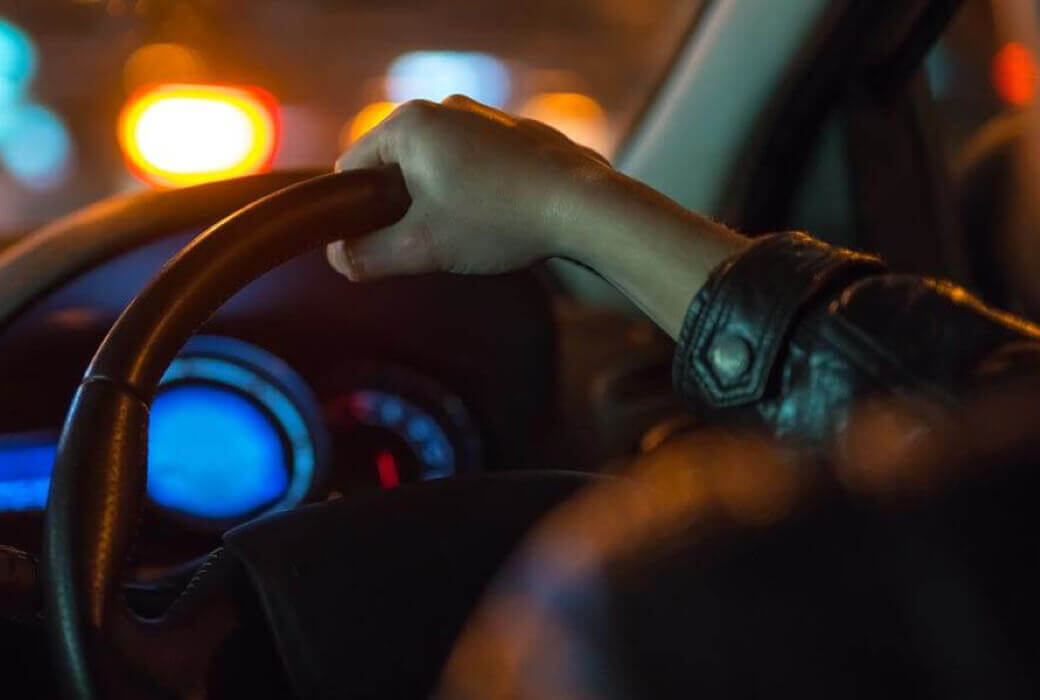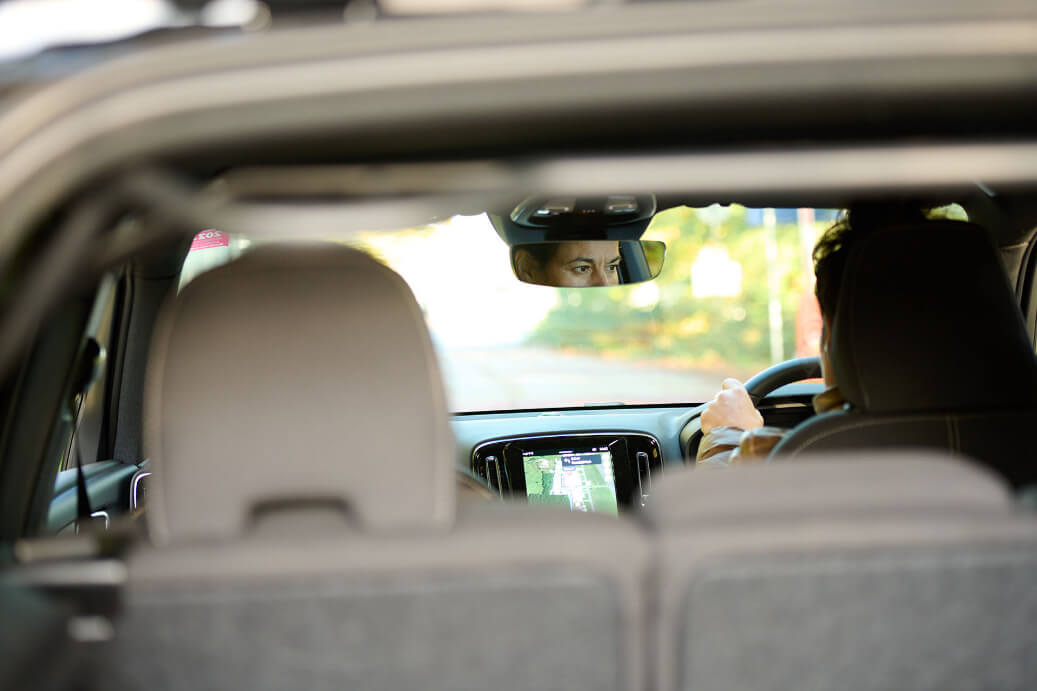A higher number of traffic-related fatalities occur at night with fatigue being a significant factor in most cases
Reduced visibility and inappropriate driving add to that risk – that is why we advise all drivers and riders to adopt defensive driving techniques.
Those most at risk are fearful of driving in low light or older motorists and young professionals with low mileage under their belt. Knowing the dangers of night driving is essential.
To help mitigate the risks, read our night-time driving tips:
- Lights: Make sure all external lights are clean and in good working order and interior lighting is turned off. Use your lights properly and be careful not to dazzle or cause discomfort to other road users. Always use dipped headlights in urban areas or when approaching oncoming vehicles and a full beam on all other roads, particularly unlit rural lanes.
- Eyes: Routinely have your sight examined every two years, depending on your age, risk factors and whether you wear corrective lenses. To avoid being dazzled by oncoming headlights, keep your attention on the left-hand kerb. You can also adjust the rear-view mirror to reflect light away from your eyes.
- Speed: It is safer to maintain a steady speed when driving in the dark. Increasing and dropping your speed can be distracting for you and confusing for drivers following behind. Aim for a speed suitable for the road conditions and one that you can maintain. This should also help with eco-economy as you use more fuel when speed dips and bursts.
- Distance: It is harder to spot hazards at night so get into the habit of increasing the two-second time gap between you and the vehicle in front. Following too close reduces your visibility and reaction time, and your headlights could also distract or intimidate the driver in front.
- Tiredness: Falling asleep when driving overnight accounts for 40 per cent of collisions in the UK. To prevent drowsy driving make sure you take regular breaks every two hours, particularly when driving long distances.
- Slow down: Give yourself time to read the road for signs of other road users by travelling slower than normal. Pedestrians and cyclists will be harder to spot in the dark, particularly if they are not wearing reflective clothing. Slowing down will also allow your eyes time to adjust when travelling from well-lit to dark roads.
- Visibility: A dirty windscreen may appear clean during the day but will increase glare from other vehicles at night. They are also prone to steam up. To help keep your windscreen clean, avoid touching it with your hands as the oil from your skin will smear the glass. Instead, keep a microfibre cloth to hand to wipe away dust.
- Stay alert: Be aware of what is happening around you as other drivers may not be as cautious. Slow down more than you usually would at junctions and check your side and rear-view mirrors regularly. Defensive driving techniques can save your life so be sure to use these skills during night-time driving.

